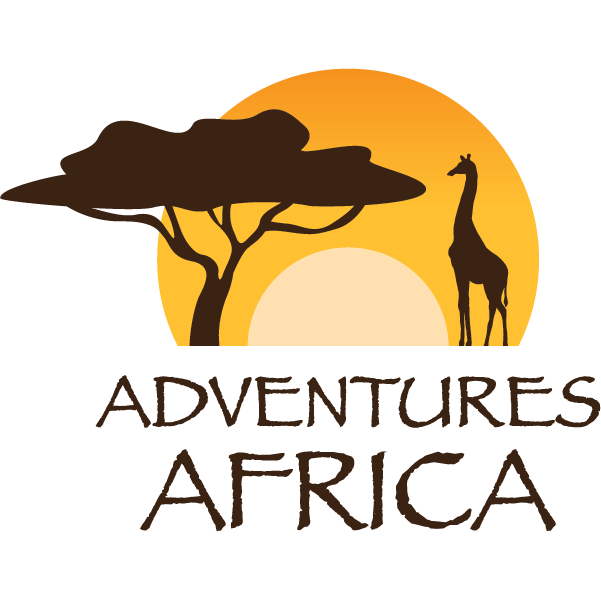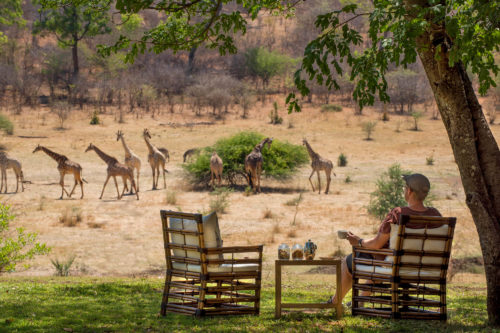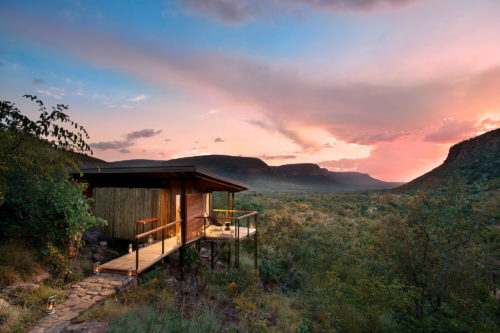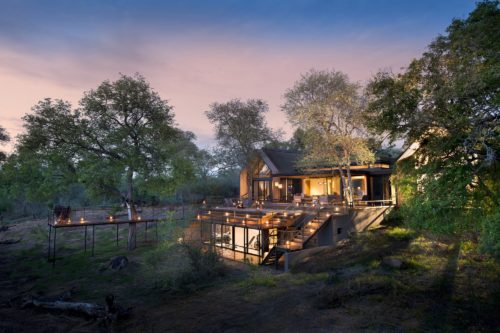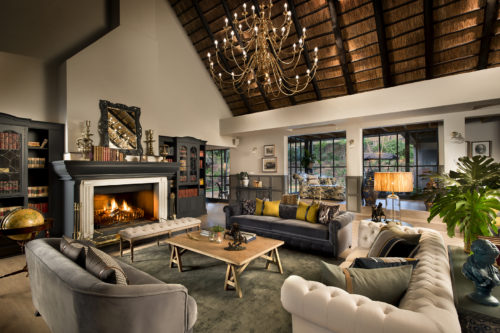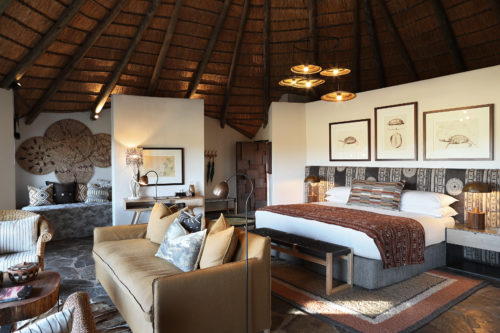WALK TO FREEDOM TOUR (PRIVATE)
Trip Summary
This tour offers a wealth of insight into South African history. It includes a brief educational introduction to Cape Town, one of the world’s most varied and popular cities.
The Bo-Kaap
A look at the picturesque “Malay Quarter”, a living cultural museum and home to the oldest mosque in the Southern Hemisphere. We discover the unique culture, lifestyle and personality of the Cape Muslim community and their contribution to South Africa’s development.
District Six
As a result of the Group Areas Act, 60 000 Capetonian families were forcibly removed from this once vibrant area between 1966 and 1982. The District Six issue remains crucial. We examine the now desolate area, Zonnebloem, which was District Six and visit the living museum which attempts to represent and recapture District Six in various ways – as a fine-spun tapestry of communal life torn apart but not forgotten.
The Townships and Cape Flats
Seeking racial segregation, apartheid policies disrupted all non-white population groups, distorted both rural and urban development and ensured hopeless overcrowding. Few houses were built. Sprawling satellite camps of seemingly endless shanties – makeshift structures of various materials – provide little more than a roof and some shelter. As we shall see, squatter settlements are seeking their own solutions as an economic necessity. Against all odds, township life prevails, in all its nuances.
Tour Information
- Tour Code: Lege01-WTF1-pvt
- Duration: 09h30
- Languages: English
- Departures: Sea Point Hotels – Waterfront Hotels – Downtown Hotels
- Departure Time: 08h00
- Returns: Sea Point Hotels – Waterfront Hotels – Downtown Hotels
- Return Time: 17h30
Price: US$325
Includes:
- Entrance Fees
- District Six Museum
- Township Walk
- Robben Island
Excludes:
- Items of Person Nature
- Gratuities
Additional Information
Customers booking this tour can be picked up or dropped off at any central Cape Town, Waterfront or Sea Point hotels. Pick and drop off at Cape Town International Airport can only be confirmed if clients book transfers between the airport and a hotel within the above-mentioned areas to connect with a departure.
Map
Activities
The colourful suburb of Bo Kaap was exclusively for coloured Muslims during the Colonial and Apartheid times and today, this group still makes up the majority of residents. The quaint cobbled streets, the museum, the authentic purveyors of Cape cuisine and Cape Town’s oldest spice emporium are all worth a visit.
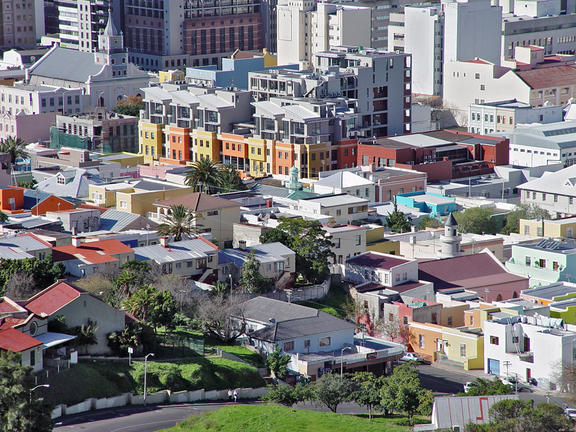
Apartheid’s most infamous removal site.
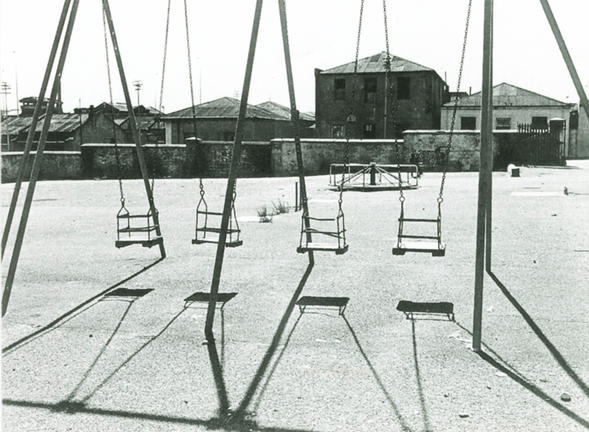
District Six was named the Sixth Municipal District of Cape Town in 1867. Originally established as a mixed community of freed slaves, merchants, artisans, labourers and immigrants, District Six was a vibrant centre with close links to the city and the port. By the beginning of the twentieth century, however, the process of removals and marginalisation had begun. The first to be forced out were black South Africans who were displaced from the District in 1901. As the more prosperous moved away to the suburbs, the area became a neglected ward of the city.
On 11 February 1966 it was declared a white area under the Group Areas Act of 1950, and by 1982, the life of the community was over. More than 60 000 people were forcibly removed to barren outlying areas aptly known as the Cape Flats, and their houses in District Six were flattened by bulldozers.The District Six Museum, established in December 1994, works with the memories of the District Six experience and with that of forced removals more generally.
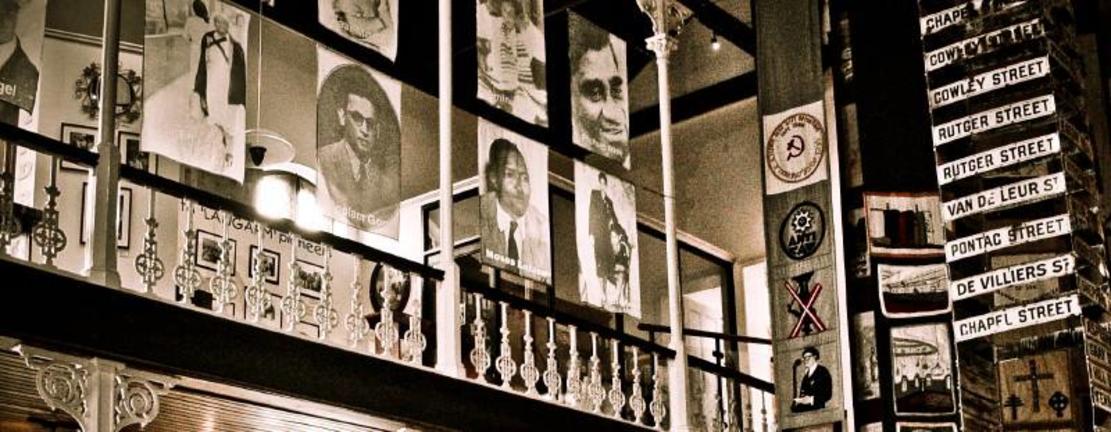
Similar to the nearby communities of Gugulethu and Khayelitsha, Langa is one of the many areas that were established prior to the apartheid era designated for Black Africans.
The name Langa means “sun” in the Xhosa language, but the name of the township is actually derived from the name Langalibalele – a famous chief who was imprisoned on Robben Island for rebelling against the government.
In recent years, the township has started to be rejuvenated as the government has invested in improved infrastructure. The Guga’sthebe Cultural Centre was opened in 2005 and is now the site of many community and cultural activities.
Culturally, Langa is relatively homogeneous, with most of the residents belonging to the Xhosa tribe.
The community started with very little planned infrastructure but is rapidly developing in many areas, including tourism.
During a township tour, you’ll experience the “real” Langa and meet many people who are making a difference in the community.
Contact information
Ryan can help you book the most amazing trip to Africa.
Please fill in this contact form to contact him.

